Dangerous Diseases Carried or Transmitted by Wildlife in Your Home
Wildlife Diseases: Dangerous Diseases Transmitted by Wildlife
It’s not uncommon for animals like mice, squirrels, and foxes to make their way into homes. Unfortunately, each unwanted guest is a potential disease carrier. In some cases, these diseases can require immediate medical attention.
A 2021 study reported that residents of nearly 15 million housing units had seen rodents in the past 12 months. It’s imperative you understand the risks of an infestation so you can take action in this situation. Let’s explore some of the most common wildlife diseases transmitted by wild animals in your home.

Rabies
Most people are familiar with this disease, but not everyone understands what it does. This condition affects the nervous system in humans and animals.
It’s primarily transmitted through bites or scratches. Infected saliva could also transmit the disease.
The most common animals that have rabies in the US are raccoons, skunks, foxes, bats, and coyotes. The disease could rarely infect deer, opossums, and rabbits. If you’re scratched or bitten by a wild animal, it’s essential to seek treatment immediately.
You should still do so even if you aren’t sure you were bitten or scratched. For example, bats have small teeth that don’t leave deep wounds. These marks could disappear quickly and leave you unaware you’ve been bitten.
Hantavirus Pulmonary Syndrome (HPS)
This virus can become airborne, allowing it to be transmitted by breathing microscopic particles. Unlike rabies, bites and scratches often don’t infect the victim. People become infected by touching contaminated urine, droppings, or saliva.
If they then touch their eyes or an open wound, the disease could be transmitted. Although not quite as common, infection is also possible from consuming contaminated food or water.
It’s important to note that this condition is not transmitted between humans. This disease can cause severe respiratory distress, making immediate medical treatment necessary.
Lyme Disease
This disease isn’t caused by animal attacks. Instead, it can be caused by ticks that latch onto pests in your home.
Symptoms of Lyme disease include headaches, fatigue, and unexplained rashes. The primary issue with Lyme disease is that it can lead to serious complications if not treated.
Victims could experience arthritis, facial palsy, and heart palpitations. You can use antibiotics to treat the disease if you catch it early enough.
Salmonellosis
As the name implies, this infection is caused by salmonella bacteria. Primary symptoms include intense vomiting, diarrhea, and intestinal cramps.
Although this condition might seem serious, it usually doesn’t require medical treatment. Consistent hydration and electrolyte replenishment can improve your symptoms.
How to Recognize Infestations
It’s crucial to understand the signs you have an infestation. This will ensure you safely remove the pests and don’t contract diseases interacting with them. Listed below are some of the most notable.
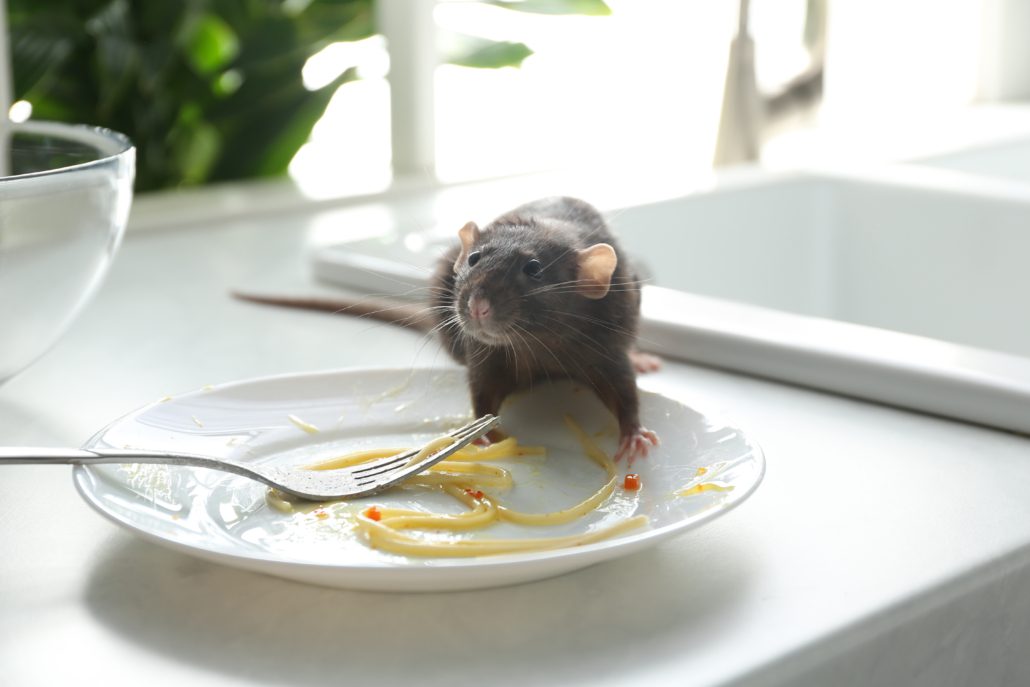
Strange Sounds and Odors
When animals enter your home, it’s common to hear strange noises. These are often faint, erratic sounds in your walls or ceiling.
Pay attention to if these noises sound like footsteps. This is a telltale sign that rodents or similar animals have found a new place to live.
You might also notice a strong odor once pests move in. The worse this smell becomes, the more this issue needs your attention.
Gnaw or Scratch Marks
It’s not uncommon for pests to chew through materials like wood or drywall. They will also scratch these materials while climbing them or navigating your home.
Rodents often gnaw on hard surfaces to trim their teeth. These marks could be signs of a rat infestation.
If a large number of rodents nest in your home, you might notice significant property damage shortly after. In extreme cases, pests will chew through electrical wires inside the walls.
This could cause substantial problems for your family. If you’ve experienced random issues with your home’s electricity, pests could be to blame.
Nesting
Animals that invade your home will make themselves as comfortable as possible. This involves creating nests from available materials. They’ll use insulation, paper, fabric, or mattress filling to create a safe space.
It can be difficult to spot nests when investigating your home for wild animals. The best way to recognize them is by looking for assorted materials gathered together.
Keep in mind that animals prefer to hide their nests. You might have to look in obscure areas to find them.
Pest Droppings
Pest droppings are the most obvious sign there’s a problem you need to address. These often look like dirt or debris, but they have an odor.
It’s crucial to remove these as soon as possible. As previously mentioned, droppings could transmit diseases to animals or people. Call a professional if you notice issues like these in your home.
Grease Tracks
Many pests follow the same path to use your home’s resources. For example, mice will often use the same path to travel to a leaky pipe for water.
Eventually, dirty grease tracks form. These are most likely to form by the walls of your home. You can use them to follow the trail back to the nest.
Dealing with Infestations
Left unchecked, pest infestations can quickly spiral out of control. This substantially increases the chance that these animals will transmit diseases.
To take action, get in touch with a professional. They have the tools and resources required to achieve the best results. Look into their past reputation before making your decision.
There should be no shortage of positive feedback from previous customers. Ask about their pricing structure, as well.
The last thing you want is to encounter financial surprises. Are they experienced with handling problems like yours?
Make sure they have frequently dealt with your type of situation. For instance, you might need a company that specializes in animal trapping and squirrel removal.
Don’t Overlook These Wildlife Diseases
Animals that enter your home can sometimes seem friendly and non-threatening. However, they’re unpredictable and could transmit wildlife diseases if you interact with them. Contact a professional immediately if you notice the presence of wild animals in your home.
Perimeter Wildlife Control is proud to offer 24/7 pest removal. Our expert team can quickly and safely remove unwanted critters from your home without incident. Get in touch with us today to see how we can help.

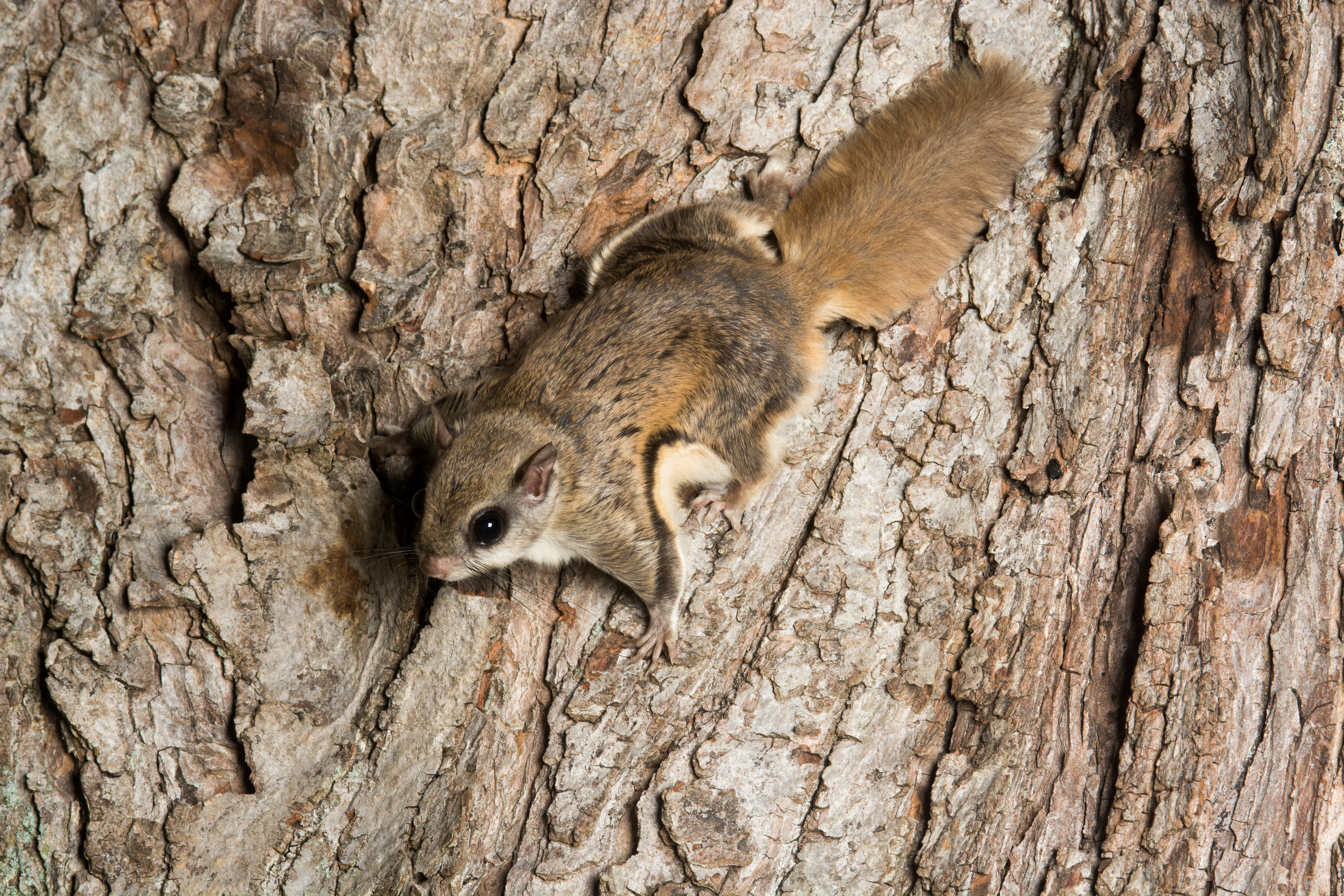
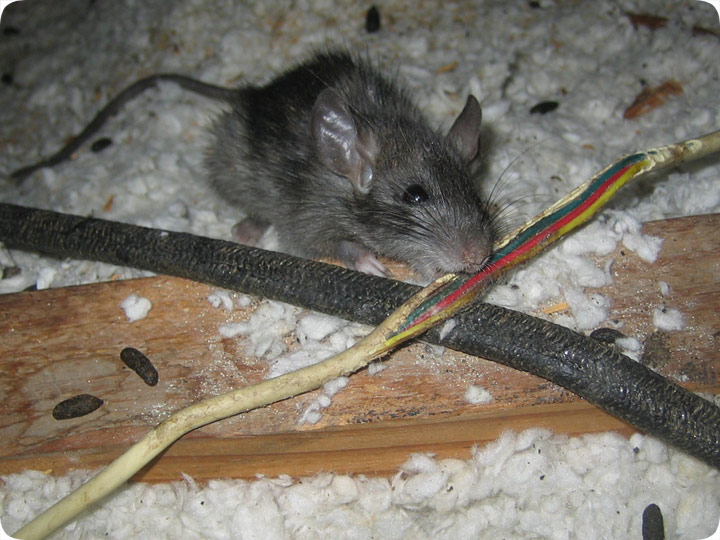
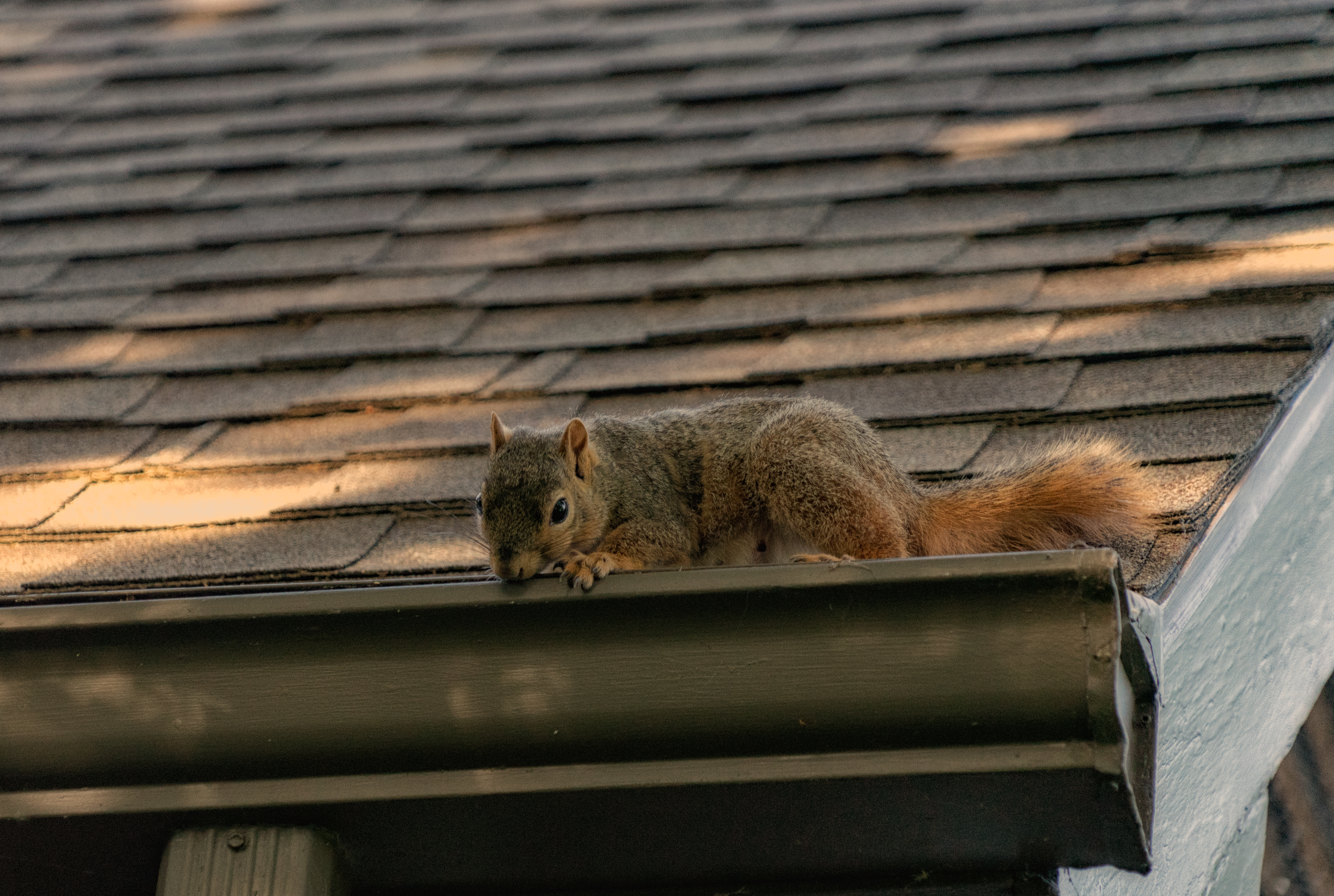
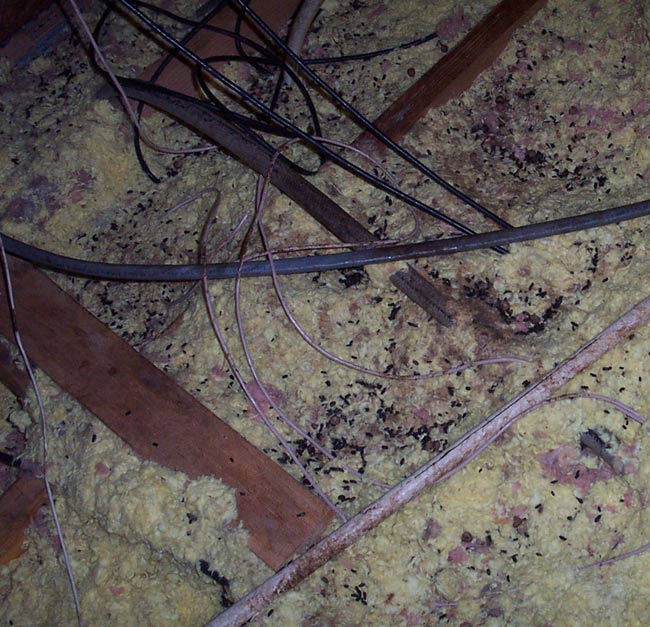
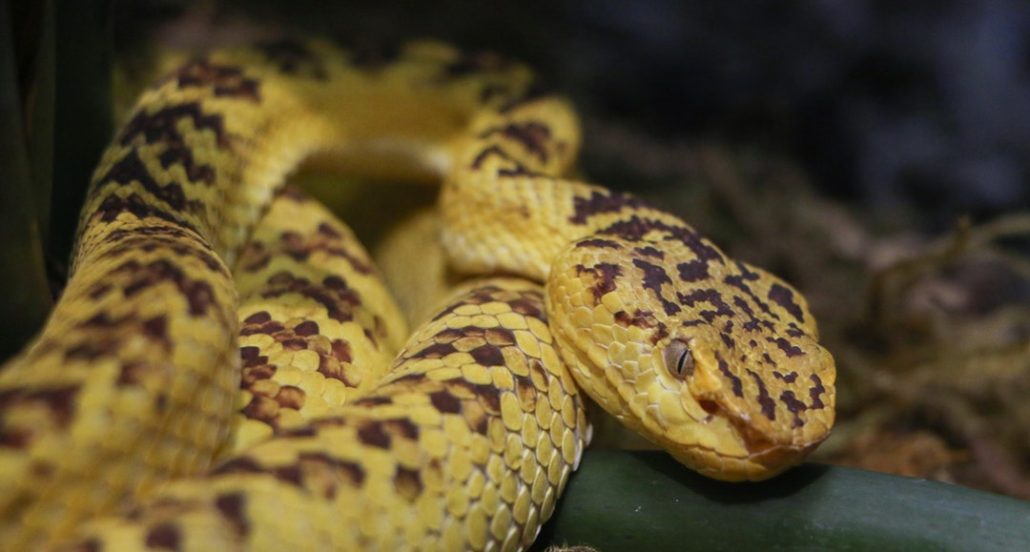

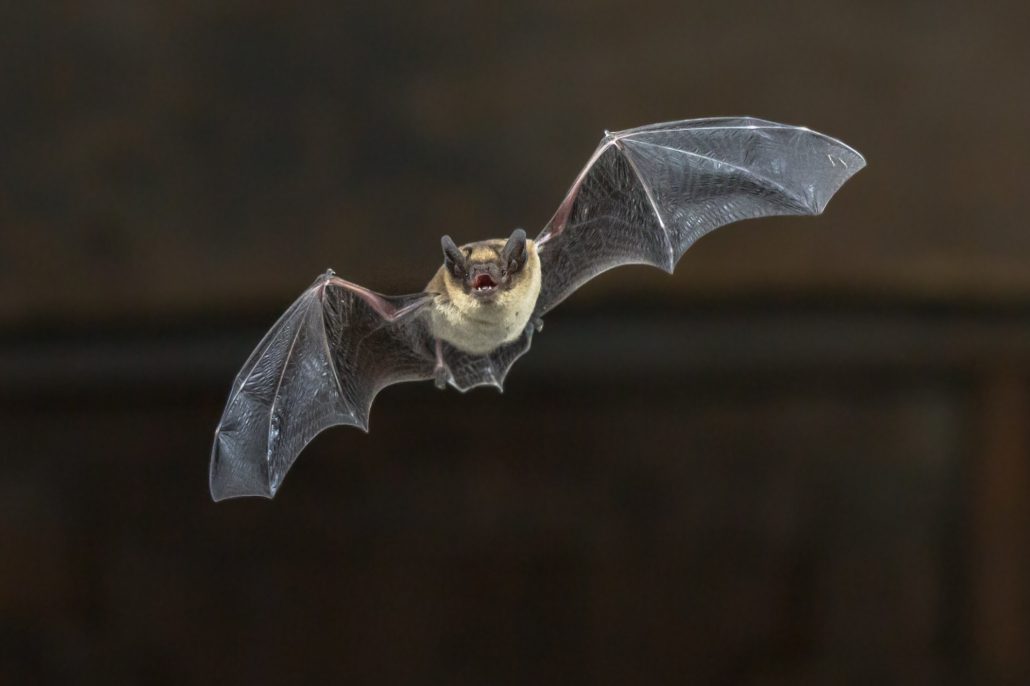
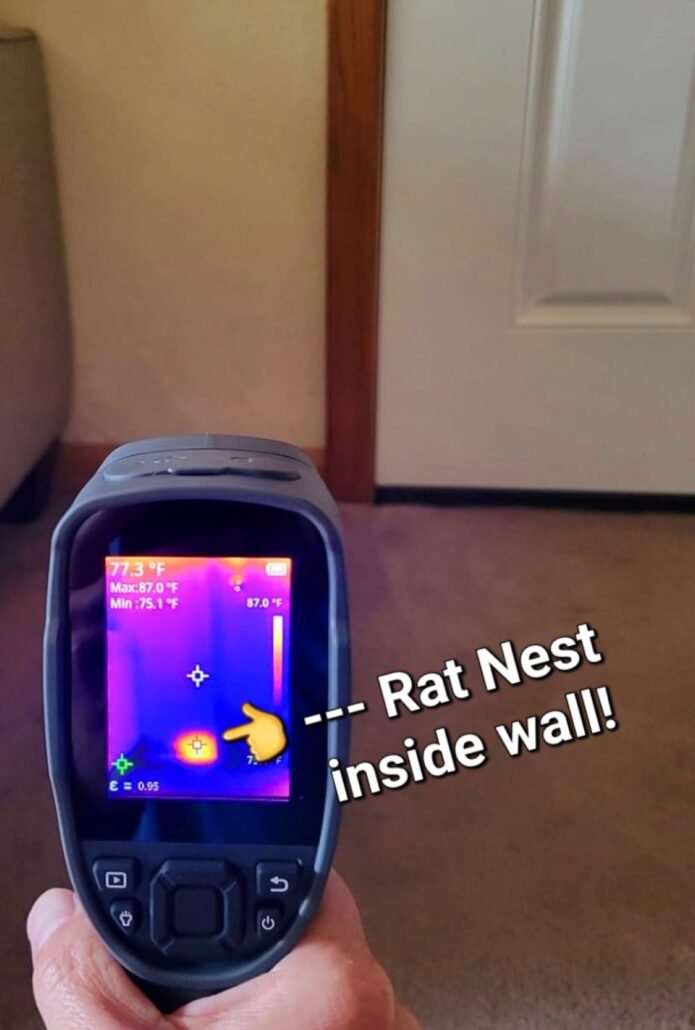


One Comment